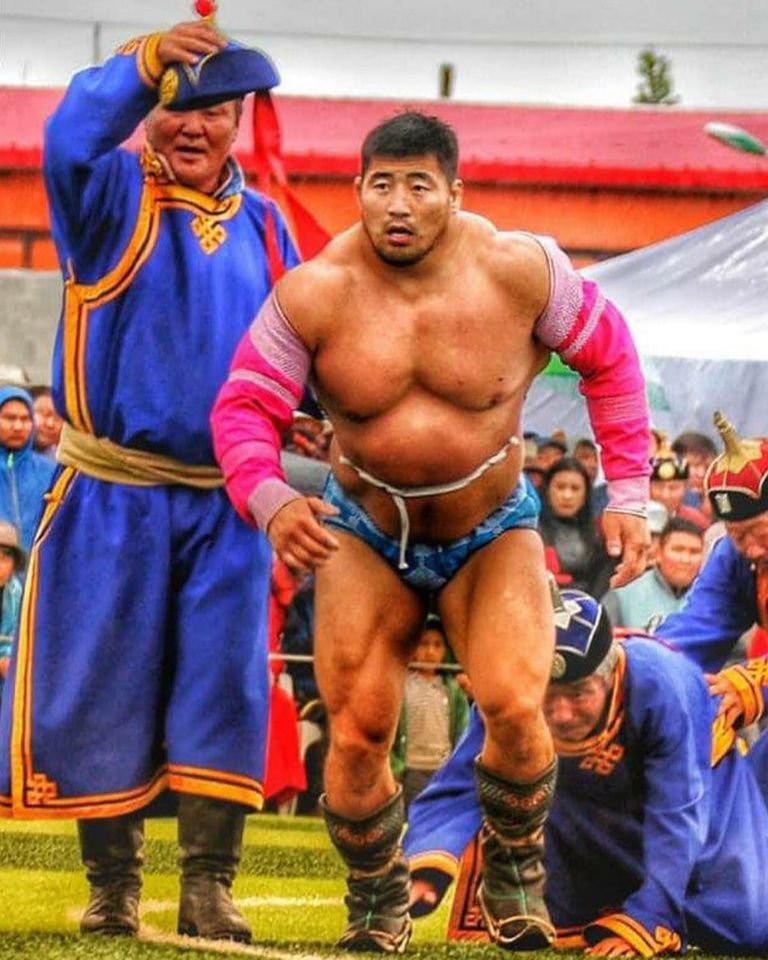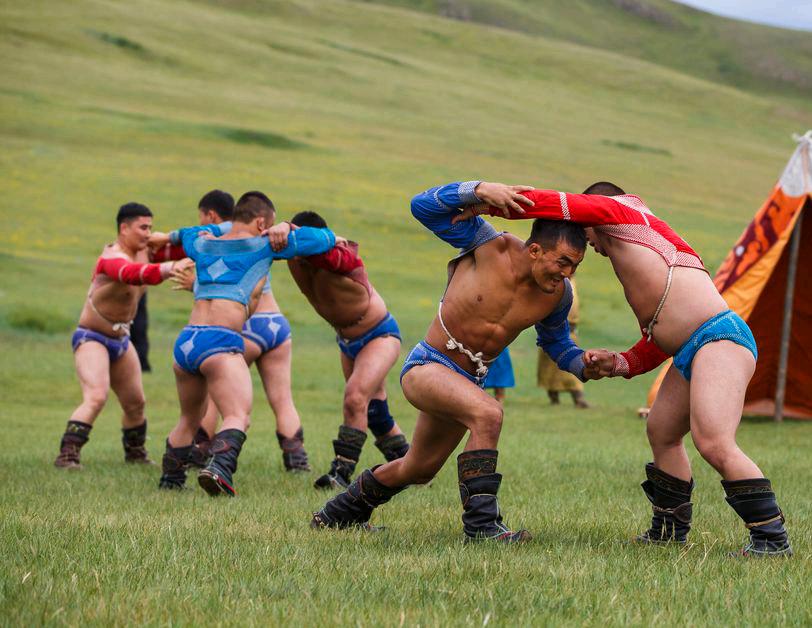
2 minute read
BÖKH: MONGOLIAN WRESTLING Freakie-Do
Bökh: Mongolian Wrestling
Freakie-Do
Advertisement
Mongolia was a communist country where the government manifested itself in a dictatorial manner. During all that communist era it was not allowed to travel and work abroad. When democracy was established in the country in 1991, many Mongolians experienced freedom for the first time and sought opportunities abroad. The country was going through an economic crisis and had a very high rate of poverty. So an illegal circuit grew in which Mongols could buy a visa to gain access to countries that were part of Schengen, such as Belgium. About a thousand Mongols—no exact figure can be given—arrived in this way in the city of Antwerp. They like the city for being small and very clearly, Alta, the coordinator of the Mongolian organization Ev Negdel, which promotes Mongolian culture in Antwerp, tells me. There is a traditional Mongolian festival there, called Naadam— which literally translates to “games.” Naadam is the national holiday of Mongolia that is celebrated in midsummer and is part of the UNESCO Intangible Cultural Heritage of Humanity. It is a commemoration of the 1921 revolution, the year in which the country declared itself independent as the Mongolian People's Republic. In the activities there is a link with the nomadic way of life in the steppes of Central Asia. The biggest celebration takes place in the capital Ulaanbaatar but it is also celebrated in Antwerp where Mongolian migrants from Belgium, Holland, Germany and France gather every year. During the festival the three men's games are presented; traditional Mongolian wrestling, archery and horse racing (although the latter is not practiced in Belgium). The presentation of the fight begins with a dance to greet the public, and represents the imitation of an animal such as the eagle. Traditional Mongolian wrestling (Bökh) is the most popular national sport in Mongolia and requires special technique. The wrestlers who participate in the Naadam competition have been training for years in their native country. In Belgium there is still no school to train the discipline but there are plans to do so. It is a sport in which young people participate — over 30 years old are already considered great for Bökh — and traditionally only men compete, although there is a legend of a woman who participated and finally managed to win a championship. Nobody had seen that she was a woman and the consternation was total when they discovered the fraud. Since then, according to legend, they changed their clothes and now the athletes wear a zodog (the shirt) and a shuudag (the shorts). A wrestler's dance after winning a match also doubles as a cool down session. In traditional Mongolian wrestling there is no time limit, and in the first fight half of the participants are usually eliminated. The dance has its origins in shamanic rituals. The fight ends when one of the contestants touches the ground with his knees, elbows, head, back or when he falls to the ground. In Mongolia the sport is so popular that wrestlers are given honorary titles by the government—the title of giant after winning twice, national giant after winning three times, and honored giant after winning four times—and when born a child, the desire of his parents is usually that he be a fighter as an adult.












